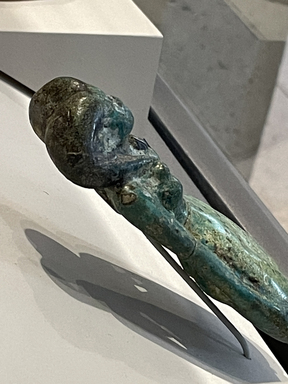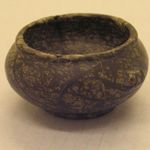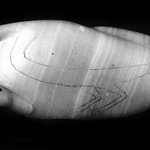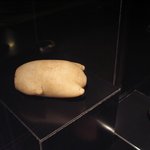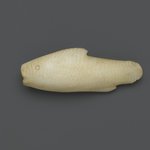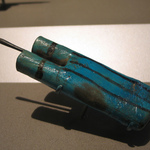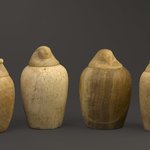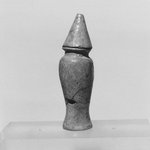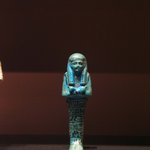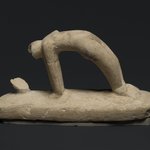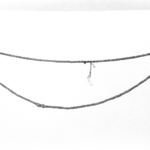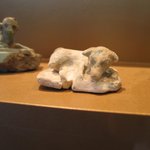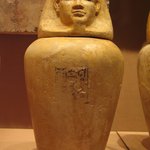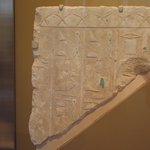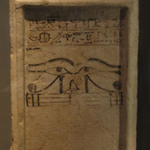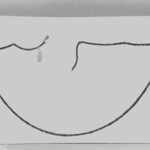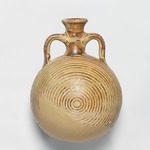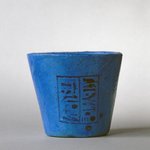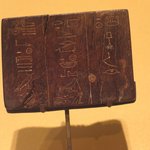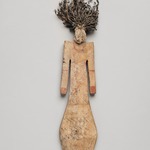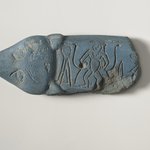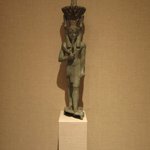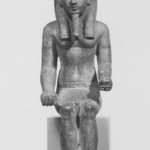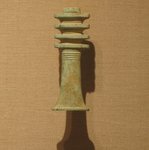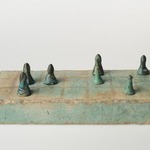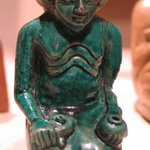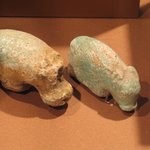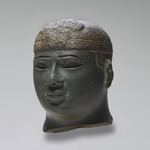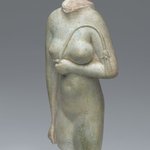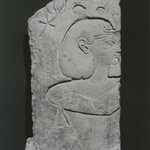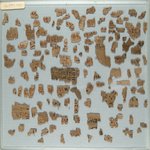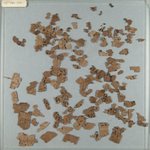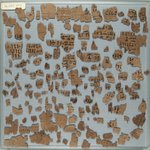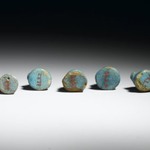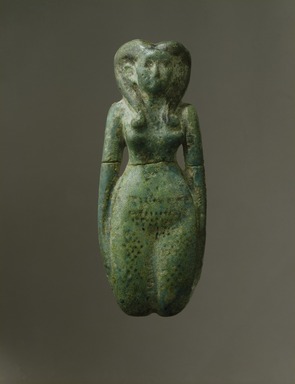

Female Figurine, ca. 1938–1630 B.C.E. Faience, 2 x 5 3/16 in. (5.1 x 13.1 cm). Brooklyn Museum, Charles Edwin Wilbour Fund, 44.226. Creative Commons-BY (Photo: Brooklyn Museum, 44.226_SL1.jpg)
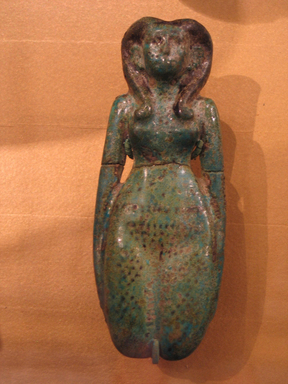
Female Figurine, ca. 1938–1630 B.C.E. Faience, 2 x 5 3/16 in. (5.1 x 13.1 cm). Brooklyn Museum, Charles Edwin Wilbour Fund, 44.226. Creative Commons-BY (Photo: Brooklyn Museum, CUR.44.226_erg2.jpg)
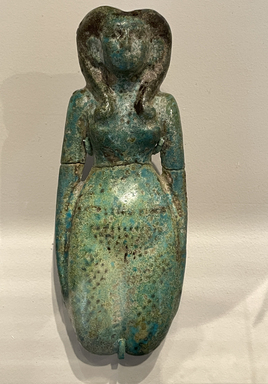
Female Figurine, ca. 1938–1630 B.C.E. Faience, 2 x 5 3/16 in. (5.1 x 13.1 cm). Brooklyn Museum, Charles Edwin Wilbour Fund, 44.226. Creative Commons-BY (Photo: Brooklyn Museum, CUR.44.226_view01.jpg)
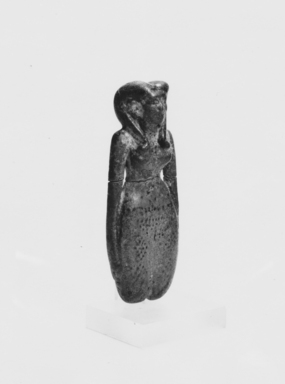
Female Figurine, ca. 1938–1630 B.C.E. Faience, 2 x 5 3/16 in. (5.1 x 13.1 cm). Brooklyn Museum, Charles Edwin Wilbour Fund, 44.226. Creative Commons-BY (Photo: Brooklyn Museum, CUR.44.226_NegH2_print_bw.jpg)
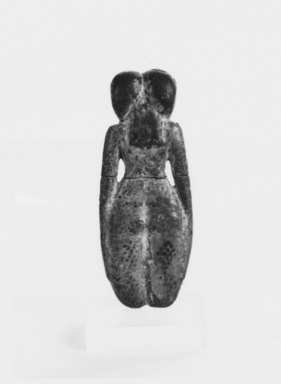
Female Figurine, ca. 1938–1630 B.C.E. Faience, 2 x 5 3/16 in. (5.1 x 13.1 cm). Brooklyn Museum, Charles Edwin Wilbour Fund, 44.226. Creative Commons-BY (Photo: Brooklyn Museum, CUR.44.226_NegH1_print_bw.jpg)

Female Figurine, ca. 1938–1630 B.C.E. Faience, 2 x 5 3/16 in. (5.1 x 13.1 cm). Brooklyn Museum, Charles Edwin Wilbour Fund, 44.226. Creative Commons-BY (Photo: Brooklyn Museum, CUR.44.226_view02.jpg)
Female Figurine
Egyptian, Classical, Ancient Near Eastern Art
On View: Old Kingdom to 18th Dynasty, Egyptian Galleries, 3rd Floor
Recent studies show that both men and women used these figures to ensure fertility. In the home, they were believed to enhance a wife’s fruitfulness and a husband’s potency by invoking Hathor, the goddess of sexual love. As tomb offerings, they guaranteed the deceased’s sexual power in the afterlife.

